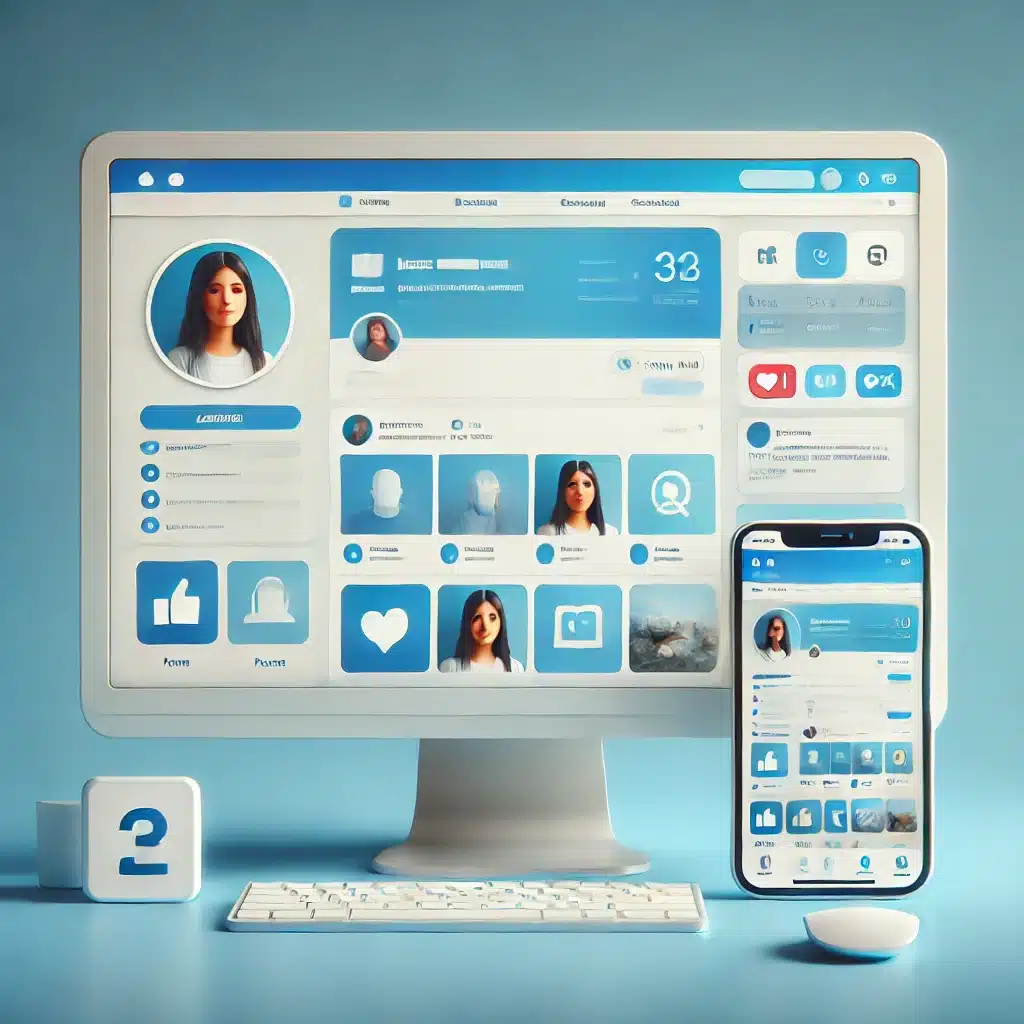Bring Your Messaging Strategy and Marketing Plan to Life
A simple business plan helps guide your decisions and bring your ideas to life.
A crucial component of every business plan is the marketing plan, which defines how you’ll target and connect with your audience. Within the context of a simple business plan, the marketing plan can simply be a quick review of key strategies and tactics. It doesn’t have to be detailed or elaborate, but it should include a messaging strategy.
A messaging strategy guides how a brand communicates with its audience, outlining the key messages, tone, and stories your business will use to connect with them. It acts as a bridge between your business and potential customers, using language and evoking emotions that will resonate with your target audience.
A messaging strategy can be incorporated across multiple channels in your marketing plan. It will shape the tone, content, captions, hashtags, product descriptions, packaging, and even images in your:
- Blog posts
- Social media posts
- Email campaigns
- Web content
- Ad campaigns
One proven technique to boost the impact of your messaging is storytelling. People naturally pause for a good story because it stirs their emotions, which makes your brand more relatable and memorable.


The Benefits of Storytelling in Your Messaging Strategy
There are numerous benefits to incorporating storytelling into your messaging strategy:
- Boost engagement: Stories capture the attention of your audience, fostering a deeper connection with your brand and increasing engagement.
- Create connections: Stories have the power to elicit emotions that can sway your audience to choose you over the competition.
- Increase brand recall: A good story is memorable. When you tie your brand’s messaging to a compelling story, you increase the likelihood that people will remember you when it comes time to make a purchasing decision.
- Make your brand stand out: Storytelling can highlight the unique aspects of your brand, setting it apart from the rest. A powerful brand story is a must-have in a competitive marketplace.
Five Ways to Incorporate Creativity into Your Simple Business Plan
How can you incorporate creative elements into your business plan – without spending hours on it or hiring a graphic designer?
1. Focus on your audience
The story you choose should resonate with your target audience. Understand their pain points and what motivates them, and then weave these insights into your messaging. Your story will be more engaging if your audience finds it relatable.
2. Share your brand’s journey
Your business’s beginnings, struggles, and wins are an engaging part of your brand story. Sharing this journey humanizes your brand and builds trust with your audience.
3. Highlight your UVP
Your Unique Value Proposition (UVP) is a major part of your messaging. It reinforces why people should choose your product/service over others.
4. Use relatable characters
Characters who are similar to your target audience can make your story more relatable.
5. Incorporate conflict and resolution
Every good story has a conflict and resolution. In your brand story, this could be a problem your audience faces and the resolution is your product/service.
Storytelling is a powerful tool that can turn a factual marketing message into a compelling reason to buy. When you incorporate a story into your messaging strategy within your marketing plan, you can connect with your audience on a deeper level, differentiate your brand, and get one step closer to achieving your marketing goals.
Remember, your business plan isn’t just about facts and figures, it’s also about bringing your business to life. What better way to do this than to tell a compelling story?
Learn more…
Want help building a profitable, sustainable business?
Check out my full program, where I teach you the A-Z of creating a simple, yet powerful, business plan that will help build momentum and provide you with a blueprint to achieve your goals. Check it out here –





